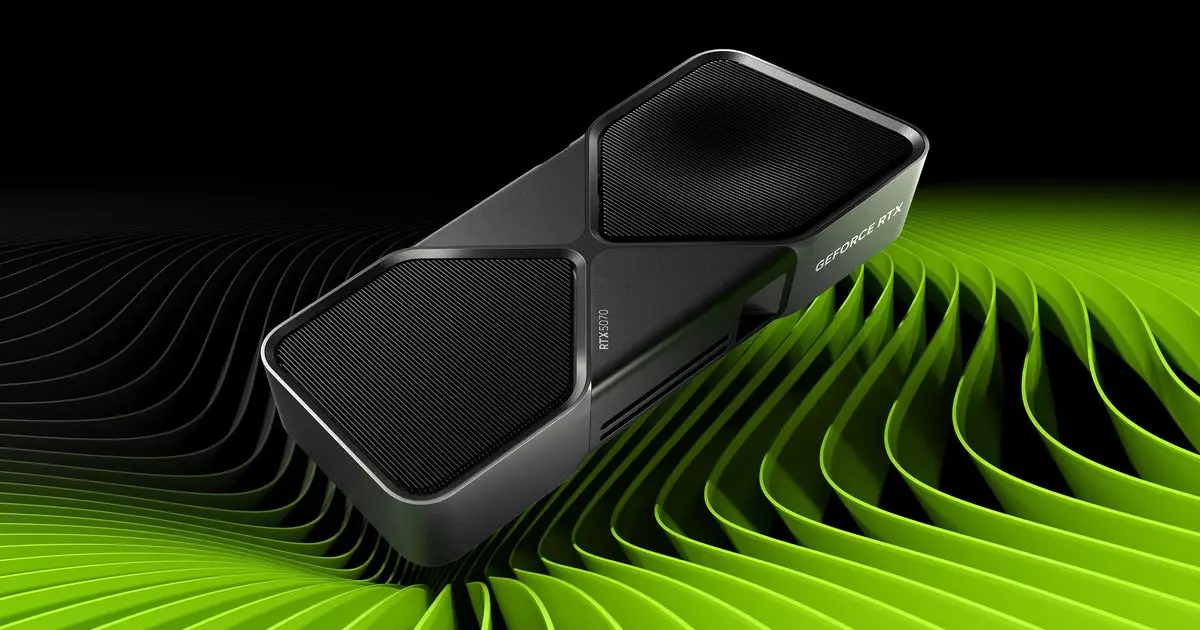Nvidia’s recent string of GeForce driver hotfix releases has raised eyebrows within the tech community, particularly concerning the performance and reliability of the new RTX 50 graphics cards. With the release of Hotfix Display Driver version 576.26, it’s evident that Nvidia is grappling with a multitude of issues, many notably affecting popular games like Black Myth: Wukong and Forza Horizon 5. While hotfixes have historically been infrequent in the GeForce ecosystem, the current trend appears troubling, with updates rolling in at an alarming rate—almost biweekly, no less.
This surge in hotfixes hints at deeper issues lurking beneath the surface of Nvidia’s software. At first glance, the company’s response to user reports might seem commendable; however, the necessity for such rapid-fire updates suggests a fundamental instability in their software architecture. By analyzing the frequency of these patches, one might begin to question whether Nvidia has perhaps rushed their RTX 50 lineup to market, resulting in what many regard as a patchwork solution rather than a thoroughly tested product.
Increasing Community Frustration
Although I personally have not encountered any significant problems while working with the RTX 50 series, the broader user experience appears far less favorable. Nvidia’s own forum pages are inundated with community feedback that echoes a similar sentiment: game-breaking issues are commonplace. With driver version 576.02 identified as a significant breaking point, there seems to be a disconnect between Nvidia’s stability assurances and the actual end-user experience.
The company’s increasing reliance on hotfixes raises questions about their approach to quality assurance. Historically, stable driver releases preceded major hardware or game launches, but it appears that this traditional rhythm has been disrupted. Such an environment inevitably leads to user frustration, especially for gamers who expect seamless performance from their high-end graphics cards. The anticipation of each new driver release now feels tainted by anxiety, as users anxiously await whether their issues will finally be resolved—or if they may face new complications altogether.
A Call for Enhanced Testing and Transparency
The essence of gaming hardware is not merely in achieving high performance on paper; it’s also about delivering a stable and reliable experience across a diverse range of software applications. Nvidia must prioritize robust testing protocols to ensure that any new driver or hardware combination is met with thorough vetting before reaching consumers. Gaming, after all, is not merely a pastime; it’s an emotional investment for many.
Moreover, transparency in communication regarding the ongoing issues could significantly enhance user trust. Nvidia should consider providing more detailed insights into the nature of these driver problems and the steps they are taking to resolve them. Without clear communication, customers are left feeling abandoned, wondering if their high-value investment is truly worth the price.
In an era where consumers expect near perfection in their gaming experience, Nvidia faces a pivotal moment. The company must not only resolve these pressing stability concerns but also redefine its strategy to prioritize long-term reliability over short-term fixes. The road ahead is fraught with challenges, yet navigating these issues could ultimately restore Nvidia’s reputation in the competitive graphics card market.

